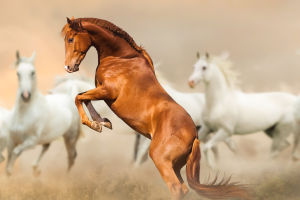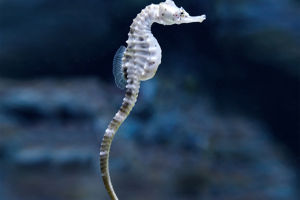Common Name: Capybara
Scientific Name: Hydrochoerus hydrochaeris
Type: Mammals
Diet: Herbivore
Group Name: Herd
Average Life Span in the Wild: Up to 7 years
Size: 4.6 feet long; up to 2 feet high at shoulders
Weight: 77–143 pounds
Dear Lykkers! The capybara is a rodent of extraordinary size, easily overshadowing the-beaver. As the largest rodent on Earth, this semi-aquatic mammal is an impressive sight. Native to much of northern and central South America, a small invasive population has also been spotted in Florida. Capybaras share close genetic ties with rock cavies, while being distantly related to chinchillas and agouti.
Adaptations for Semi-Aquatic Life
Strong Swimmers
Capybaras thrive in aquatic environments such as forests, seasonally flooded savannas, and wetlands. They are well-adapted to water, with partially webbed toes aiding in their swimming prowess.
Unique Physical Features
Their reddish to dark brown fur is long and brittle, enabling quick drying when transitioning from water to land. Small eyes, noses, and hairless ears are positioned high on their heads, allowing capybaras to remain alert while keeping most of their bodies submerged.
Survival Challenges: Predators and Alertness
Predators in the Wild
Capybaras face constant threats from predators such as jaguars and pumas on land and caimans in the water. The young are particularly vulnerable, often targeted by boa constrictors, crab-eating foxes, smaller cats, and birds of prey like the caracara and black vulture.
Capybaras, the Largest and ‘Chillest’ Rodents in the World
Video by Crazy Creatures
Behavioral Adaptations
Their activity patterns vary depending on predator presence, with capybaras often active at dawn and dusk. They may adjust to being diurnal or nocturnal based on environmental threats.
An Unusual Diet
Continuous Teeth Growth
Like other rodents, capybaras have continuously growing teeth that are worn down by grazing on grasses, aquatic plants, and other vegetation.
Coprophagy: A Unique Digestive Process
Capybaras engage in coprophagy, consuming their protein-rich feces in the morning. This behavior allows them to digest the tough grasses they consume more efficiently by reprocessing nutrients through their systems.
Breeding and Population
Social Structure
While capybaras can live solitary lives, they often form groups of up to 40 individuals.
Reproduction
The breeding season varies depending on habitat conditions and mate availability. Females typically give birth to one litter annually, consisting of four to five young.
Conservation Status
Although capybaras have a stable population overall, certain local populations face significant threats. In some regions, they are hunted for their skin, leading to severe declines and even the eradication of certain groups.
Capybaras are remarkable creatures with fascinating behaviors and adaptations. As the largest rodents on the planet, they play a crucial role in their ecosystems while captivating the interest of wildlife enthusiasts worldwide.


